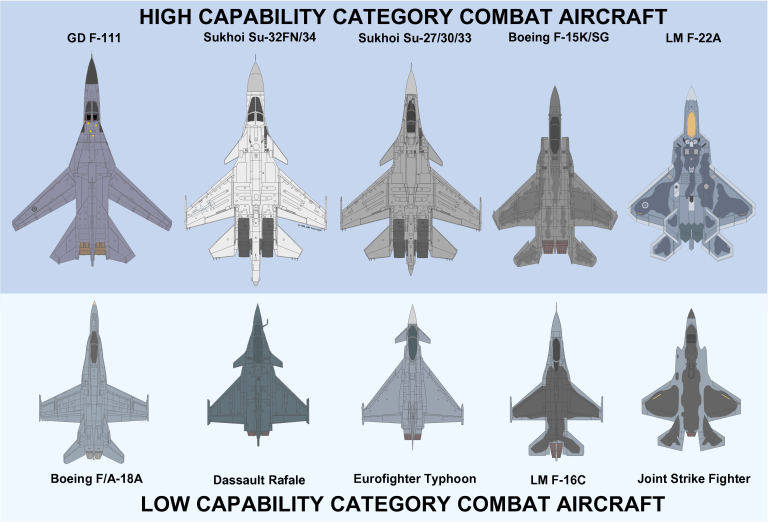F 16 F 35 Comparison
Development
F-15 vs F-16 Fighting Falcon comparison. The F-15 is a twin-engine fighter jet capable of extremely high speeds and altitudes, while the F-16 is a less powerful but more maneuverable single-engine fighter aircraft. Basically, the F-35 test pilot said the F-16 could outmanuever the F-35 in most cases during a close engagement, or what most people would call a dogfight. Here’s where we get to the really. You can't compare the F-22 to the F-35A. The F-22's primary role is to be a stealth, air superiority fighter. Nothing more, nothing less. The F-35 is meant to be a multi-role fighter. It might not be the best air fighter, the best carrier fighter, or the best bomber, but it can do the 3 on a cheap platform that can be modified a lot easier.
The F-15 was developed in response the the Air Force’s desire for a dominant air superiority fighter capable of ground attacks, partially to counter the perceived threat from the Soviet Mig Foxbat aircraft under development in the late 1960’s. The high-speed/long-range requirements for the jet led Mcdonnell Douglas to the twin-engine design of the F-15. There are now nearly 10 versions of the F-15, with such variants as a lower radar signature, 2-seat trainers, and improved all-weather radar models. The F-15 expected to be in service with the US Air Force until at least 2025.
After the Vietnam war, the US military decided it needed a highly maneuverable and inexpensive fighter jet to complement the more powerful and costly F-15. The F-16 was developed by General Dynamics with the goal of being able to maneuver with a minimum amount of energy loss, and to have a high thrust to weight ratio. Having a single engine kept the aircraft light and maneuverable. There are also about 10 variants of the F-16, which is also expected to be in service with the US Air Force until at least 2025.
Watch the documentary on the F-16 Fighting Falcon:
Characteristics
The F-15 is characterized by its twin-engine configuration, giving the aircraft so much thrust that it can accelerate while climbing straight up at a 90 degree angle, and can climb 30,000 feet in just 60 seconds. The twin-tail and swept wing design allows for a high angle of attack and good stability at extremely high speeds.

The F-16 is a single-tail, single-engine aircraft, using the same Pratt and Whitney P100 jet engine as the F-15. It was the first production aircraft designed with relaxed, or negative, stability. Most aircraft are designed with positive stability, meaning they naturally want to return to straight and level flight with no input from the pilot. Having relaxed stability means thus makes maneuvering more efficient in terms of energy loss, as the airframe is not resisting maneuvers. The onboard computer helps to keep the F-16 stable. With a full load of fuel, the aircraft can sustain 9 G maneuvers.
Strengths
Few fighter aircraft have a chance of competing with the F-15’s high speed and service ceiling. The aircraft has a long range, aided by the option of external fuel pods, and has the reliability of 2 engines. Advanced avionics allow it to pursue foes from long distances and in bad weather.
The F-16 is very maneuverable and loses little energy from maneuvering, which is partially achieved by a fly-by-wire control system. The aircraft is lightweight, relatively cheap, and has proven to be extremely versatile. Costing about $18 million per unit, it’s much cheaper to build and operate than the F-15.
F 16 F 35 Comparison Worksheets
Disadvantages
The F-15’s high performance comes at a high cost: $30 million per unit. During its development, critics worried that the aircraft was too large and heavy to be a successful dog-fighter, although its track record has proven otherwise. The aircraft is capable of flying faster than its airframe’s G rating, which necessitates a warning system for pilots to prevent them from putting too much stress on the aircraft.
F 35 Fighter Vs F 16
As the F-16 only has one engine, it is more vulnerable to engine failure catastrophe than the F-15, which can fly on one engine. The F-16 also has a lower maximum speed, service ceiling, and a slower rate of climb than the F-15.
F 16 F 35 Comparison Picture
F-15 vs F-16 Dogfight
An interesting dogfight between the F-15 Eagle and the F-16 Falcon: